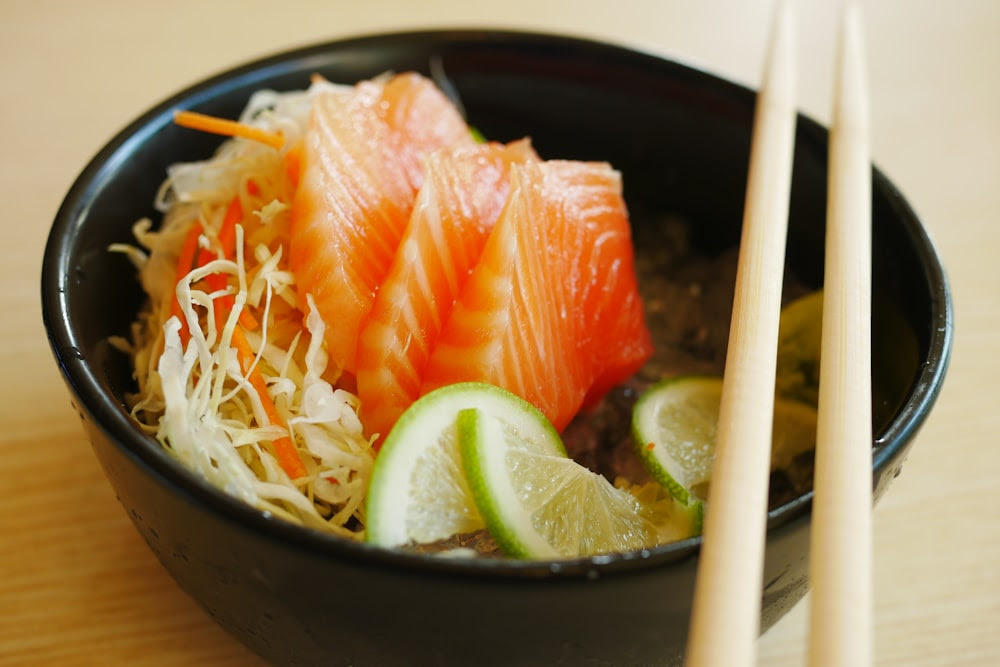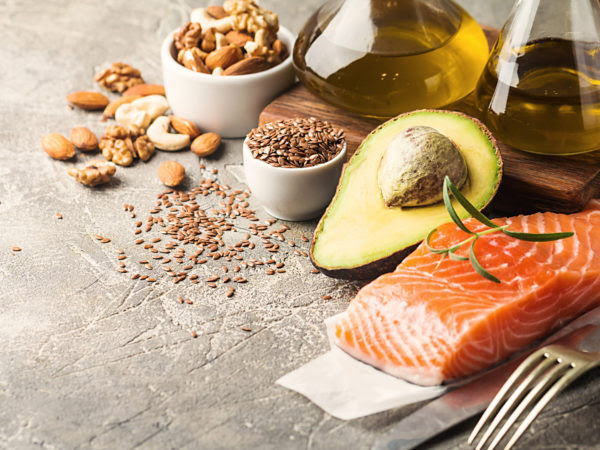Omega 3-6
Omega-3s help regulates blood sugar, immune function and hormone metabolism, and are essential for eye and brain health. We synthesize ALA into the omega-3 fatty acids eicosapentaenoic acid and docosahexaenoic acid, better known as EPA and DHA, which are precursors to hormone-like substances called prostaglandins. These reduce inflammation, making them useful in the body’s management of conditions such as rheumatoid arthritis. They also reduce the risk of heart disease by affecting the ability of platelets to clot (much like aspirin), reducing blood pressure and lowering triglycerides.
Although scientists thought, until recently, that omega-6s increased unhealthy inflammation, the most recent research does not support this. In fact, omega-6s appear to reduce inflammation and benefit heart health when combined with omega-3s. However, as you’ll see below, a good balance between the two is essential.
The Academy of Nutrition and Dietetics makes an important recommendation to increase the amount of omega-3s in our diet because of their benefits to the heart and brain. Most of us should aim for about 500 mg per day (about two servings of oily fish per week is sufficient).

Oily fish is the best source of omega-3 EPA and DHA, which is one of the reasons you should aim to eat two servings a week. Walnuts, flaxseed, flaxseed oil and rapeseed oil are good sources of ALA, which the body converts (somewhat inefficiently) into EPA and DHA.
If you do not eat fish or other omega-3 rich foods, fish oil or vegetarian supplements containing ALA are an option. Fish oil supplements are generally not recommended for people on blood thinners and men with prostate cancer.
Here are some of our favourite foods that are rich in omega-3s:
Flaxseed oil, cold-pressed
Serving Size: 1 tbsp
Amount of Omega-3 Fatty Acids: 7.1 g
Walnuts
Serving Size: 3 tbsp
Amount of Omega-3 Fatty Acids: 2.6 g
Atlantic mackerel
Serving Size: 4 oz
Amount of Omega-3 Fatty Acids: 2.2 g
Sardines
Serving Size: 4 oz
Amount of Omega-3 Fatty Acids: 1.8 g
Salmon
Serving Size: 4 oz
Amount of Omega-3 Fatty Acids: 1.7 g
Herring
Serving Size: 4 oz
Amount of Omega-3 Fatty Acids: 1.6 g
Walnut oil, cold-pressed
Serving Size: 1 tbsp
Amount of Omega-3 Fatty Acids: 1.4 g
Canola oil, cold-pressed, organic
Serving Size: 1 tbsp
Amount of Omega-3 Fatty Acids: 1.3 g
Rainbow trout
Serving Size: 4 oz
Amount of Omega-3 Fatty Acids: 1.2 g
Soybeans, cooked, organic
Serving Size: 3.5 oz
Amount of Omega-3 Fatty Acids: 0.5 g
Chunk light tuna
Serving Size: 4 oz
Amount of Omega-3 Fatty Acids: 0.3 g
Tofu, firm, organic
Serving Size: 6 oz
Amount of Omega-3 Fatty Acids: 0.3 g
Dark green vegetables, raw
Serving Size: 1/2-1 cup
Amount of Omega-3 Fatty Acids: 0.1 g



Comment here